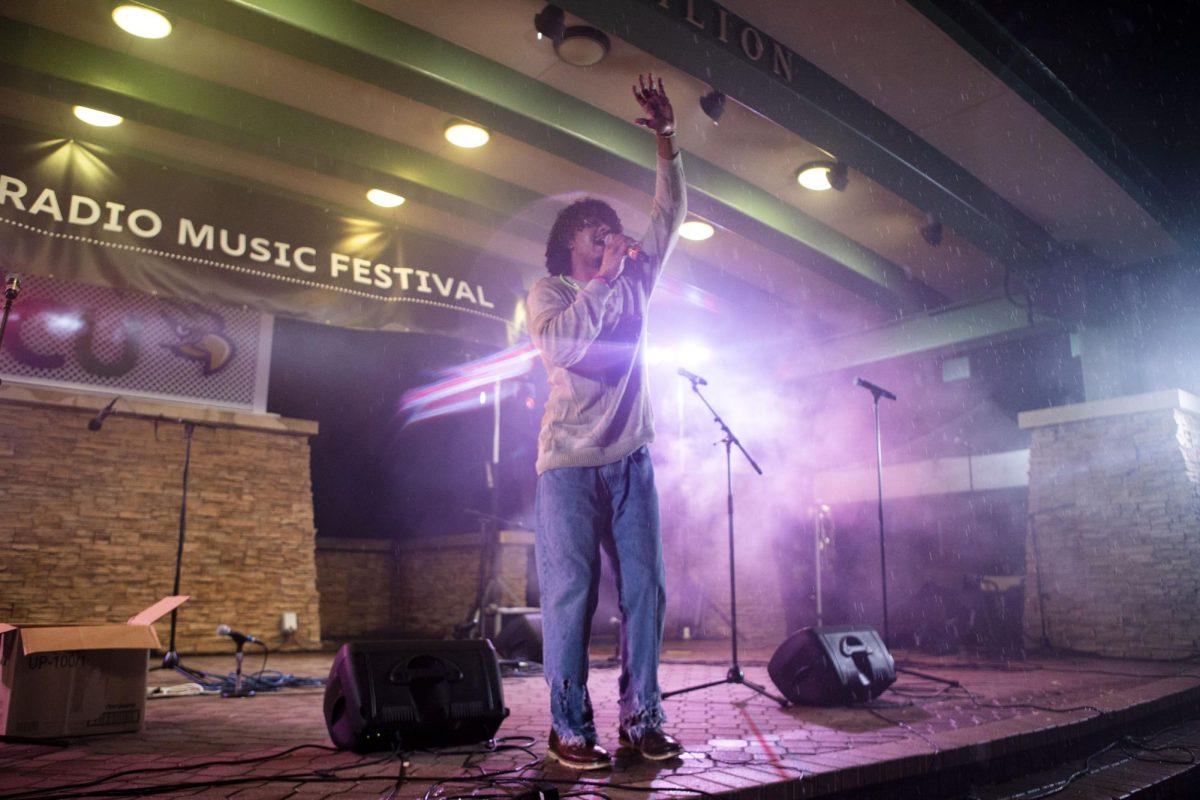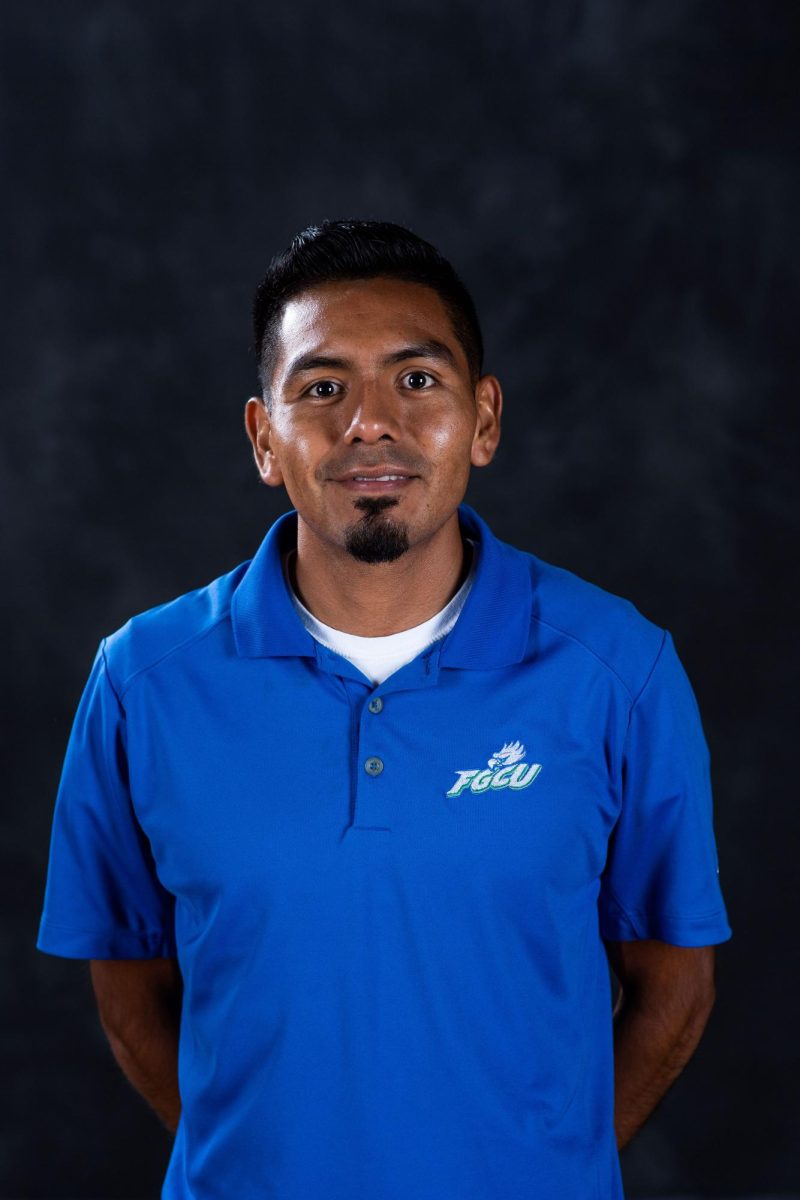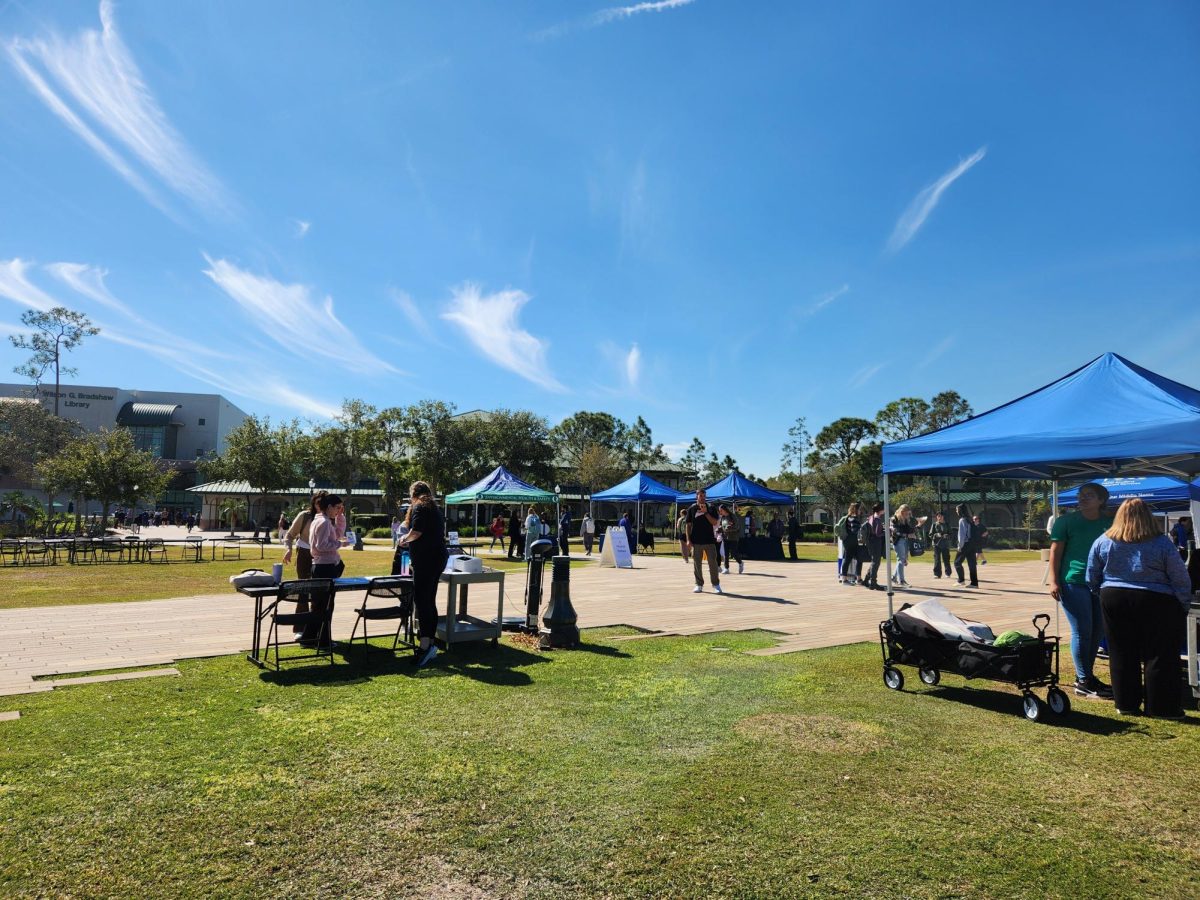This year marks the 70th anniversary of the end of World War II. Jan. 27 is International Holocaust Remembrance Day, honoring the anniversary of the liberation of Auschwitz. Time doesn’t heal all wounds.
It’s easy to assume that the majority of people are familiar with what happened during the reign of the Third Reich. How familiar? How painful is it for people to read about the atrocities committed so many years ago? Does it mean more to those of Jewish descent? Would this day mean more if you heard about it first hand?
In May 1945, my grandfather, Jerry Himmelfarb, was stationed in Munich. The Jewish G.I. sent a letter to the Cantor of Temple Beth El in Buffalo, New York. Himmelfarb includes some details about his experience in Germany in this letter that was printed in The Buffalo Jewish Review first in 1945, and again in 1995.
“I met a Polish Jew the other day,” Himmelfarb wrote. “He had been liberated from Dachau. He was 24 years old and looked 50. His face looked 50. His body was about as healthy-looking as a normal patient at Harrisburg, Pennsylvania. He had no teeth, but they hadn’t fallen out. Hitler’s SS were the dentists. He was just one of the lucky ones. There were other unfortunates.”
Is that difficult to read? It resonates deeply in my soul. The pain and anguish that people felt is impossible for someone who lives in a free America in 2015 to really understand.
Himmelfarb included more about his experience with concentration camps.
“The wife of the commander of one of these camps — not Dachau, another one — there were plenty in Germany,” Himmelfarb wrote. “She loved beautiful knick-knacks in her home. So any prisoner who bore tattooing on his or her body was stripped and taken before this woman for her OK. Then death, next skinning and curing the skin—a new lampshade or book cover adorned the lovely lady’s home.”
First-hand accounts to the crimes committed by the Nazi regime can help us to remember what this day is all about. How many students went and stood inside the Holocaust train car when it was on display on campus last semester? Standing in that boxcar alone felt cramped. Imagine being in there with so many other people that there was no moving. Standing in human filth for hours until reaching your final destination — which often led to death.
“There were found some fifty, fully loaded boxcars — loaded with bodies [at Dachau],” Himmelfarb wrote. “We buried — with bulldozers — some 4,000. They were from the railroad cars and from rooms in the camp where they were stacked like cord-wood covered with lime. We spoke to a Pole who had been forced to throw his parents into the incinerator.
“And how would you like to hear about these incinerators — it makes for nauseous reading,” Himmelfarb continued. “There was a plaque in front of each one saying something about ‘ashes to ashes’ being better than ‘dust to dust.’…And they were run in a very business-like fashion. It was necessary to burn 250 bodies each day to keep the furnaces in good, working order.
“And how was the quota met? Easy. They always had at least 150 on a list. But the rest were gotten like this — the prisoners were divided into groups of 16. These 16 slept on four shelves — approximately six by six with six inches clearance between shelves. Any infraction by one of the 16 resulted in the death of all of them. And infractions were easy. Under the SS — the trained beasts — the quota was always met. How were they killed?
“They walked, or were pushed, through a door,”Himmelfarb continued. “When they fell through a four by four hole in the floor some 15 feet below. There a noose was thrown around their throats, and they were hung on hooks on the wallto met their God. If any still lived after a reasonable length of time, a man with a heavy mallet crushed their skulls… then the furnaces.”
With it being International Holocaust Remembrance Day, everybody is remembering. Maybe we should remember the injustices served to so many people during this period of time on a more regular basis than once a year. My grandfather’s letter was not for publication in a newspaper. It was to the cantor of a temple.
“You’ve read it,” Himmelfarb wrote. “Cantor, I beg you. Tell your well-fed, well-clothed members of your congregation. Read them what I’ve written.”
So, now I’m telling you. Read what my grandfather wrote. Pay attention to what happened so many years ago. We are not immune to it today. Close your eyes in a moment of silence — pray if you’re religious or just to remember those who were lost under the Third Reich. Remember what this terrifying regime began as. The Nazi rule was just a large-scale hate crime. Hate crimes still exist. Sometimes the hate has to do with race, sexual orientation or nationality. It also occurs in something as simple as a kid who’s too small to defend himself against the neighborhood bullies.
It’s 2015. It’s not too late for this generation to be the generation that cures hate. Love conquers all. Love each other for who we are. That’s what counts.




































Simon M. Harrison • Feb 3, 2015 at 6:05 pm
They came for the communists and I did not speak out because I was not a communist.
They came for the social democrats and I did not speak out because I was not a social democrat.
They came for the trade unionists and I did not speak out because I was not a trade unionist
They cam for the Jews, and I did not speak out because I was not a Jew.
When they came for me, there was no one left to speak out
-Martin Niemoller